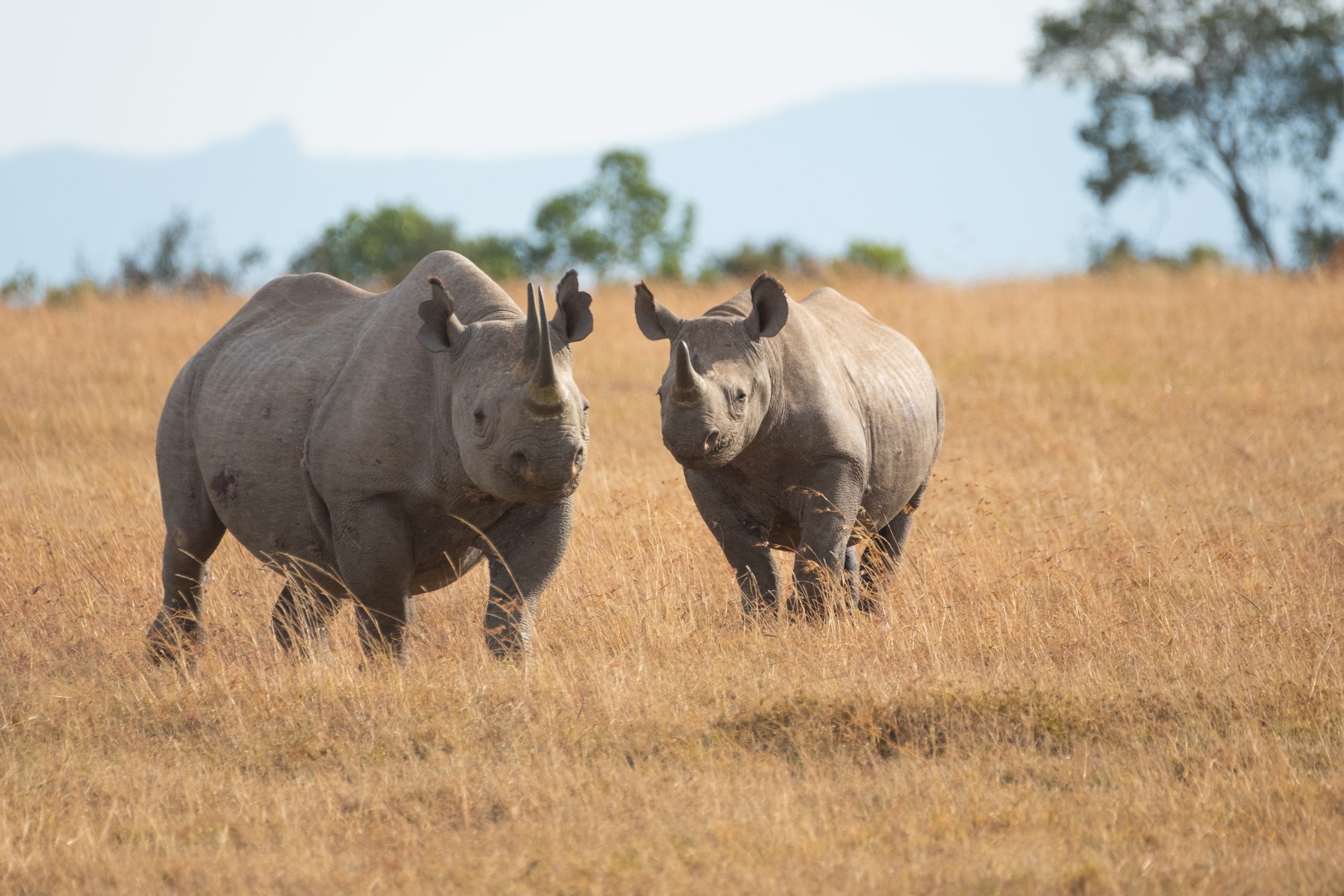Illegal ivory poaching has always been a significant threat to Kenya’s elephants, and we, The Elephant Foundation, have always been an advocate striving to end poaching.
However, today, we would like to shed light on an even bigger risk these giants of the animal kingdom are facing right now: climate change.
Following consecutive seasons of poor rains, Kenya battles its worst drought in four decades. This results in rivers and water pans drying up and grasslands shrivelling in the game reserves.
For elephants to survive, they require vast landscapes for foraging. Adults can consume 300 pounds of food and more than 50 gallons of water a day. But rivers, soil and grassland are drying up, resulting in a barren and deadly environment.
According to Kenyan officials, the crisis is killing 20 times more elephants than poaching. In the last year, at least 179 elephants have died of thirst, whereas poaching has claimed the lives of fewer than 10.
“It is a red alarm,” Kenyan Tourism and Wildlife Secretary Najib Balala told the BBC regarding the crisis, “We have forgotten to invest into biodiversity management and ecosystems.”
As of right now, more than 4 million people in Kenya are facing acute food shortages, instability and malnutrition. In September, the drought has been declared by the country’s president Uhuru Kenyatta as a national disaster. In recent months, child malnutrition has surged by half to 942,000, according to Reuters.
Last week, the U.S. Agency for International Development (USAID) said it would provide almost $255 million in aid to Kenya, including emergency food and support for farmers. They say they have lost up to 70 percent of their crops, along with their livestock.
The agency said it would assist communities in Kenya’s arid and semiarid counties, which are experiencing the worst effects of the drought.
It is not just elephants that are dying due to human-caused climate change.
It has been reported by USAID’s Famine Early Warning Systems Network, that 7 million livestock in Ethiopia, Kenya and Somalia have died since last fall. The carcasses of giraffes, goats, camels and droves of cattle have been found dead in northern Kenyan villages due to starving. This leads to food insecurity and is calamitous for local families.
Despite rangers and hunters’ effort to help these animals, by supplying them water and planting drought-tolerant trees, the dry spell continues. The current food crisis has been exacerbated by Russia's invasion of Ukraine, pushing up wheat and corn prices.
Having this said, we would like to remind you once again the importance of the work that rangers do. They are the front line of protection for the African wildlife, standing between the poacher and his victim. They are the unsung heroes of conservation. Of course, rangers’ work go far beyond poaching prevention, they also work in animal care, research, and many other aspects concerning animals’ welfare and future. As mentioned, in the case of Kenyan persistent drought, rangers also helped by supplying animals water and planting drought-tolerant trees.
At present, there are approximately 40,000 rangers across the continent, of which only 1,600 have insurance. It is estimated around 100 rangers are being killed in the line of work each year and many more injured, preventing them from working.
To help these rangers, and to help the conservation of not only elephants, but many other precious and critically endangered species, you can donate here. Your help, whether it is small or big, will have a huge impact on whether we can do what we continue to do, and on the future of these beautiful animals.
Source:
https://www.washingtonpost.com/world/2022/07/28/kenya-elephants-drought-climate-change/
https://www.bbc.com/news/av/world-africa-62323058











